
News of a novel solo backpacking trip undertaken recently by Londoner Stefan Durkacz. Over five weeks in May and June he circled the watershed of the River Tay, a wiggling 457km route following the high ground over mountain summits, moors, forest and farmland. He didn't bag every peak in sight, and he certainly wins no prizes for speed, but it was not meant to be solely a physical challenge. Stefan, who had never before attempted a walk remotely this big, seems to have been deeply affected by the experience, and he's written eloquently about it in a series of blog posts (see here). He is also using the walk to publicise and fundraise for two organisations connected to the outdoors, the Scottish Wild Land Group and the Venture Trust.
The Tay catchment is the area of land drained by the River Tay, at almost 2000 km2 the largest river catchment in Scotland. Its boundary forms a huge arc from Monifieth at the mouth of the Tay, through Angus, the Mounth, the Central and Southern Highlands and out along the Ochils to the beach at Tentsmuir Point in north east Fife.
Stefan, who set out on 18 May, picked the Tay for several reasons:
'I wanted to do a walk that was fairly challenging, varied and original, that involved going off trail, visiting remote and wild places, and climbing a few mountains' he told us.
'The Tay catchment boundary cuts across the highlands and lowlands and gives a sense of how the whole land fits together. It has highlighted for me how much wildness and adventure there is to be had so close to home for many people.'
'And on a more practical level, as someone with almost no experience of long distance backpacking, the route appealed as it crosses mostly familiar territory. I also needed a route that could be completed in roughly a month.'
Stefan had originally intended to walk the exact watershed the whole way, a line that would have taken in a great many Munros and other peaks. But this didn't work out entirely, due to a combination of weather, time and fitness.
'The main bits I missed were the hills west of Drumochter, the Black Mount, and some of the Tyndrum hills' he says.
'This is disappointing but I'm stilll very happy with the route I've done. I've walked a long way, climbed lots of peaks, and when I have detoured I've seen some interesting things I would otherwise have missed if all went to plan. In some ways the route I've walked has had more interest and variety as it's not always been about hillwalking. I've walked through woods and explored some lovely rivers, glens and passes as well.'
'The seven day Cairnwell to Dalwhinnie stage was one of my favourite bits of the walk. It gets incredibly remote, very far from houses and roads. The landscapes are often immense, quite overwhelming, and there are no quick and easy escape routes. Other bits of the walk have more rugged and spectacular mountains but for the sheer power of the landscape this bit felt the wildest.'
Out alone in the middle of that stage Stefan had a narrow brush with lightning, an experience that, unsurprisingly, seems to have left him a little wary for some time afterwards.
'Halfway up Carn an Fhidleir I heard the first thunderclap' he writes in his blog.
'I froze: too late to run, nowhere to hide anyway. A flash and another bang, closer now. I threw away my trekking poles and dropped to a crouch. Minutes passed. I started to look up. Everything went white and a gunshot bang sounded, everywhere at once, almost inside my head too. I sprawled, and from depths of memory the Hail Mary came to mind. I recited what I could remember as a mantra to control my fear and stop myself from running.'
'The thunder moved on leaving cold, torrential rain. Eventually, soaked and shivering, I retrieved my poles and stumbled north down a burn until I found a suitable campsite. I pitched quickly, pulled on extra dry layers, and made a brew.'
'Next morning I was still shaken.'
Also memorable, but in a good way, were been many close-up encounters with wildlife, people met along the way, the wild camps and scenery.
'But the midges were abominable' he says. 'I've heard locals say they are exceptionally bad this year.'
Midge-wise, it probably didn't help that he chose to use a tarp and bivy bag instead of a tent. what possessed him?
'The tarp has bags of space and is nice to sit in when it's raining' he explains.
'One man tents can be a bit claustrophobic in bad weather. It's open to midges which was annoying, but my midge repellent seemed to work pretty well. The bivvy bag is completely midge-proof thankfully. I'm quite new to this combo but absolutely love it now and slept like a babe throughout the trip.'
As a novice backpacker, how did he find walking alone for days on end?
'Although I met very few people, the isolation wasn't a problem' says Stefan. 'I was usually too busy either with the walk or my camping routine. There was a lot of solitude but I never felt lonely.'
'I was surprised how quickly I settled into the rhythm of the walk. Being organised and having a good routine really helped. After the first few days some bits of gear got sent home and I was able to strip things down to what I really needed. It's a totally different headspace from day trips. Backpacking alone, you become much more tuned in to your environment and notice lots of little things, especially wildlife. I became very used to sleeping outdoors. It's clear to me it's what we've evolved to do.'
'With backpacking as opposed to day trips, I've found that having the right gear and looking after it carefully - especially keeping it dry - is much more important. You can wing it on a day trip, if you get soaking wet or your boots are killing your feet it doesn't matter so much as you'll soon be back home. Food is another one. If you don't bring enough on a day trip you'll probably survive, but days of under-eating can make backpacking very unpleasant.'
Despite the faffy logistics, Stefan sounds like a backpacking convert:
'Finding the time for a long trip is tough, but well worth it. The sense of achievement is great, and staying overnight in the mountains is a great experience that you miss out on day trips.'
Married father of two Stefan found being away from the family for so long was the hardest part of the trip:
'Whenever I got phone reception I'd call, and they joined me for a few days in Tyndrum. Having got a smart phone for the first time before the trip I was able to take and share pictures of where and what I was up to.'
'The end had to come eventually' he writes.
'I walked the last few miles in the morning, along the coast through Tayport and into Tentsmuir Forest. A little gate opened onto the dunes. Skylarks soared and the sun broke through as I came to a stop where gentle waves washed the sand.'
'There were no great epiphanies or overwhelming emotions. There was the quiet satisfaction of seeing the venture through good and bad to the end. There was also the sense that if the experience had changed me in any way, these changes would play out slowly and subtly, at unpredictable times and unexpected ways.'
Stefan is still raising money for the two organisations:
'For such a small country Scotland has an amazing resource of wild land' Stefan says. 'Sadly we're not always doing a great job of looking after it. There are destructive attitudes at work that see wild land purely in terms of human utility and therefore ripe for exploitation, and we are gradually losing more and more of it. Scottish Wild Land Group are entirely volunteer-run and oppose the exploitation of wild land with a lot of energy and hard work.'
Stefan says: 'Venture Trust run personal self-development courses for disadvantaged young people who have had a poor start in life. At the core of their programmes is the wilderness experience where they take groups out into the wilds. It's all about meeting the wilderness on its own terms and developing their social skills and attitude to cope with that. Many of the youngsters they work with would never otherwise get the chance to experience the outdoors. Their work shows that encounters with nature and wild land can be transformative.'

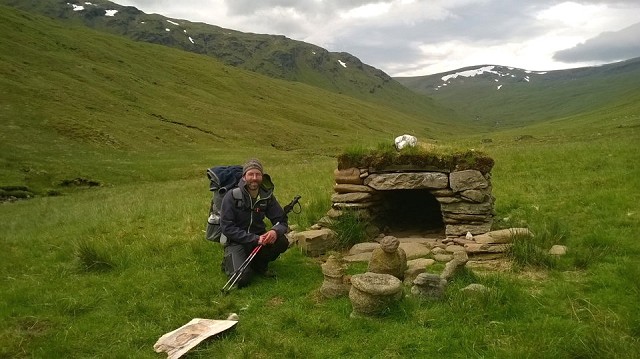
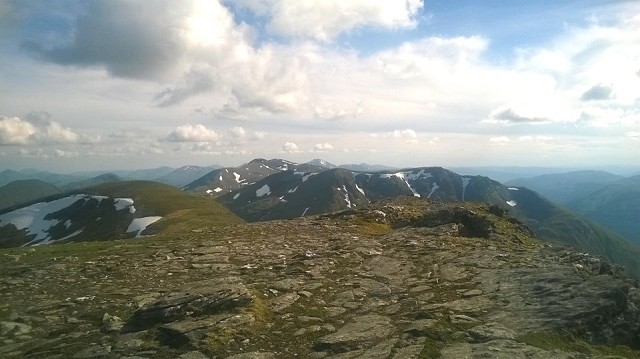
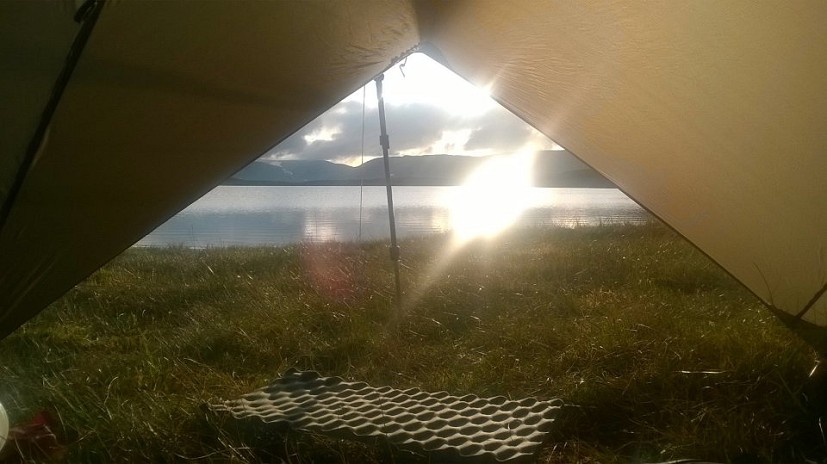
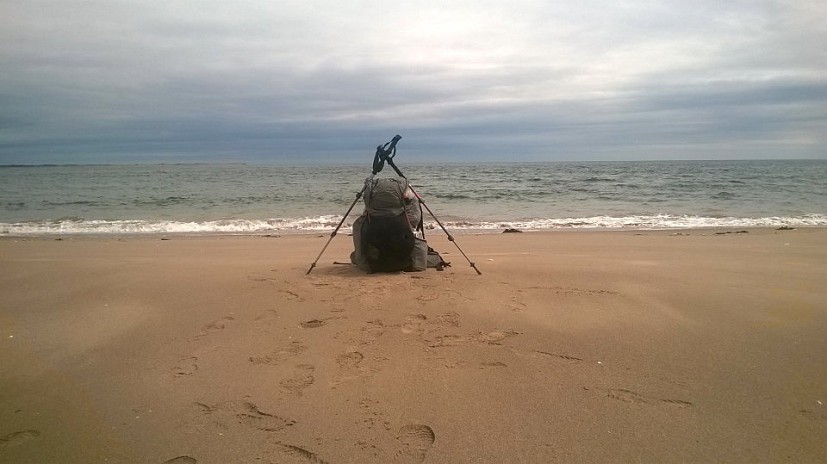





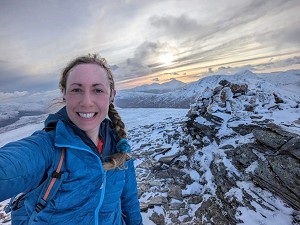
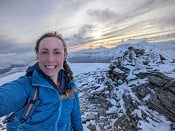

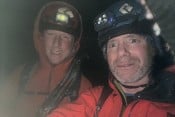
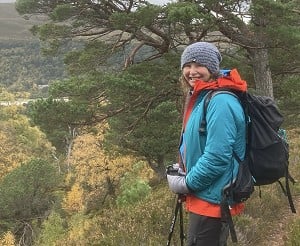
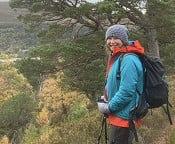
Comments